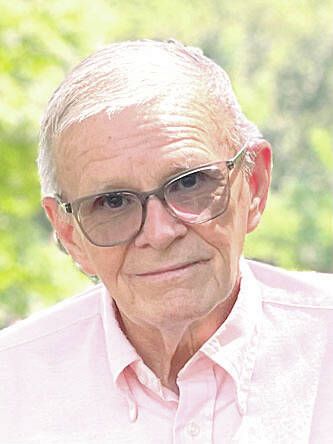Click here to subscribe today or Login.
Genealogists – you’ve got a friend in Facebook.
Yes, that mega-popular but often-maligned communications medium, believe it or not, might just prove very useful in your research. Properly used, Facebook can be a forum for mutually profitable discussions as historical and genealogical questions are asked and answered.
This goes not only for local folks, but also for people with local ties now living out of the area.
I’m talking mainly about the pages devoted to the history of various areas and aspects of Northeastern Pennsylvania. Here’s how things work. A member posts information on a town, a school, a business, a building, an event or an historical personage, and that information might well be useful to others. Or, a member asks a question, and others try to help with answers. In other words, the pages are interactive.
One of my favorites is “History of Wyoming Valley’s West Side,” administered by Mark Price. It’s well worth joining if you’ve had ancestors in the various West Side towns and the original townships from which they developed.
You’ll find pages of local history and reams of names from the past. Recently, for instance, a poster asked for information on the Gallup Cemetery, a burial ground that’s unknown today. Another poster replied with a reprinted news story from 1938 telling of how the long-forgotten burial ground was discovered by WPA workers in 1938 excavating for the Toby Creek flood control project.
Just about everything you could need to know about that historic old site was in the article – its location, its interments and its ultimate fate as the West Side grew.
Having read that kind of background, you’re ready to hit the digitized collections of historic local newspapers, picking up obituaries, church references and everything else a genealogist needs.
There are other informative local Facebook pages. One focuses on our area’s high schools previous to 1972, before most consolidations, stressing the athletic, music and cheering programs. You’ll find lots of yearbook photos and names here going back nearly a century.
Some Facebook pages are narrower in their focus, but just as informative, such as the ones on Plymouth history and on Wilkes-Barre historic preservation.
Researching ancestors out of the area? Scout around geographically, and you’ll likely find pages reflecting your interest. I joined two upstate New York Facebook pages because my maternal ancestors lived there once they arrived in America. I’ve picked up good information and established knowledgeable contacts.
Look also for Facebook pages devoted to specific families and family groups in your lines. Who knows – you might have relatives all set to welcome you.
Census of 1950: The availability of readable and verifiable names in the recently released U.S. Census of 1950 has been speeded up, making research considerably easier for genealogists and others seeking information on ancestors.
Ancestry and FamilySearch, current repositories of the census, have been relying on volunteers to go over the 70 items pertaining to names, making them clear and correcting where necessary. The process has been taking time.
However, those 70 items being reviewed have now been reduced to just 12 key ones. The remainder will be analyzed and made clearer by a computerized tool. The bottom line is that the entire census is now on a faster track to becoming as readable as possible.
In fact, FamilySearch reports, the reviewing of names is now 60 percent complete.
As a related matter, FamilySearch recently announced that it has more than 200 million world military records. You can access them by nationality and other categories.
***
Tom Mooney is a Times Leader genealogy columnist. Reach him at [email protected].





